WHAT TO DO
Manfredonia and its territory offer you all year round: natural, historical, cultural, sea, sport, taste, entertaining and relaxing experiences. From North to South, from East to West, you will discover within a few kilometres, a land you did not expect, full of opportunities and authentic experiences, which perfectly blend together and represent a unique in their kind.
Manfredonia is located in a territory with very ancient historical and cultural roots. Here you can admire the various and splendid historical periods which have come in succession from the dawn of time to the present day. Indeed, this territory represents one of the most ancient and precious genuine Italian outdoors museum. There are many sites, each with its own historical and artistic aspect. The epithet “Monta Sacra” used for Gargano, is well suited as this is also a spiritual and mystic territory. The Shrines of Saint Pio, in San Giovanni Rotondo, and Saint Michael, in Monte Sant’Angelo, are the most outstanding and well-known sites, but in the area, there are many more Churches and Abbeys worth visiting and admiring for both religious and not religious people.
Nature
A big part of this area is located in one of the biggest Parks of Italy. It is an ideal place for people who cherish nature. Not only can you spend time outdoors trekking and walking through the Umbra Forest, but you can also enjoy an exciting unique experience going horse riding, buggy riding, birdwatching, orienteering, Nordic walking, going to a Trabucco or on a “sandalo” (a typical boat) in the Lesina lake and the Varano lake.
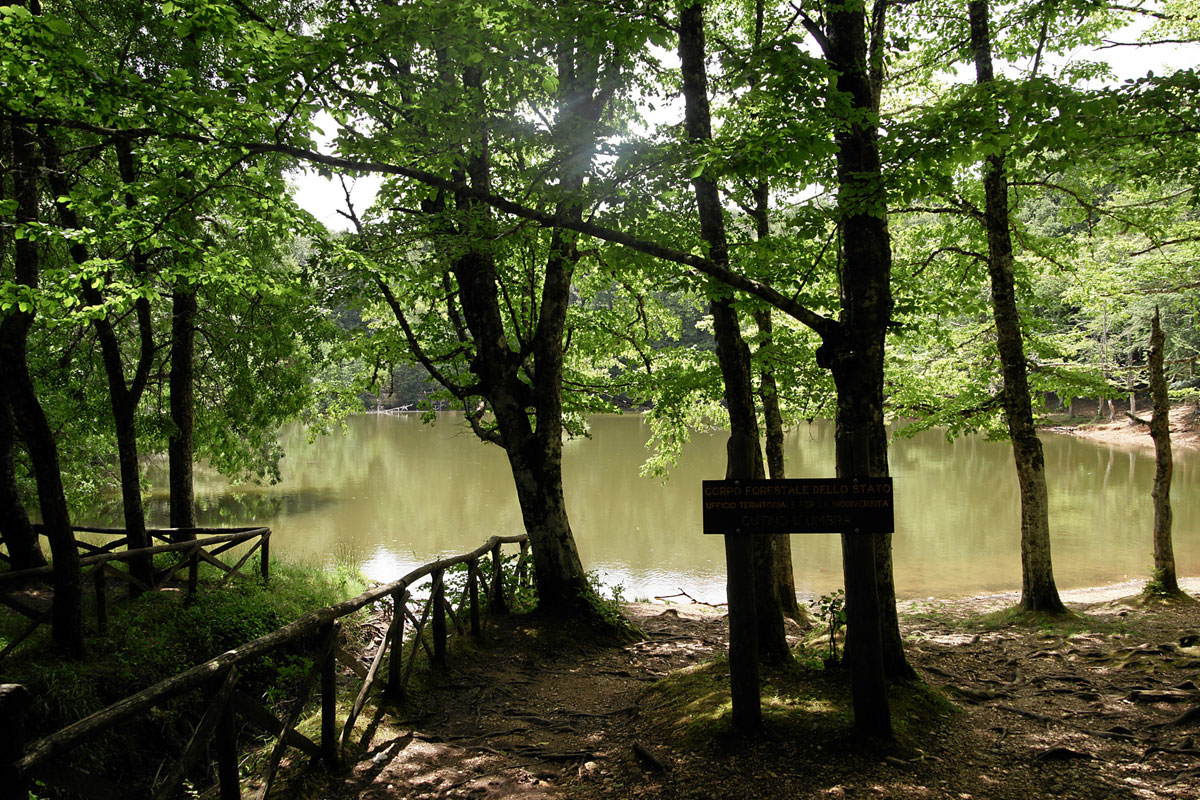
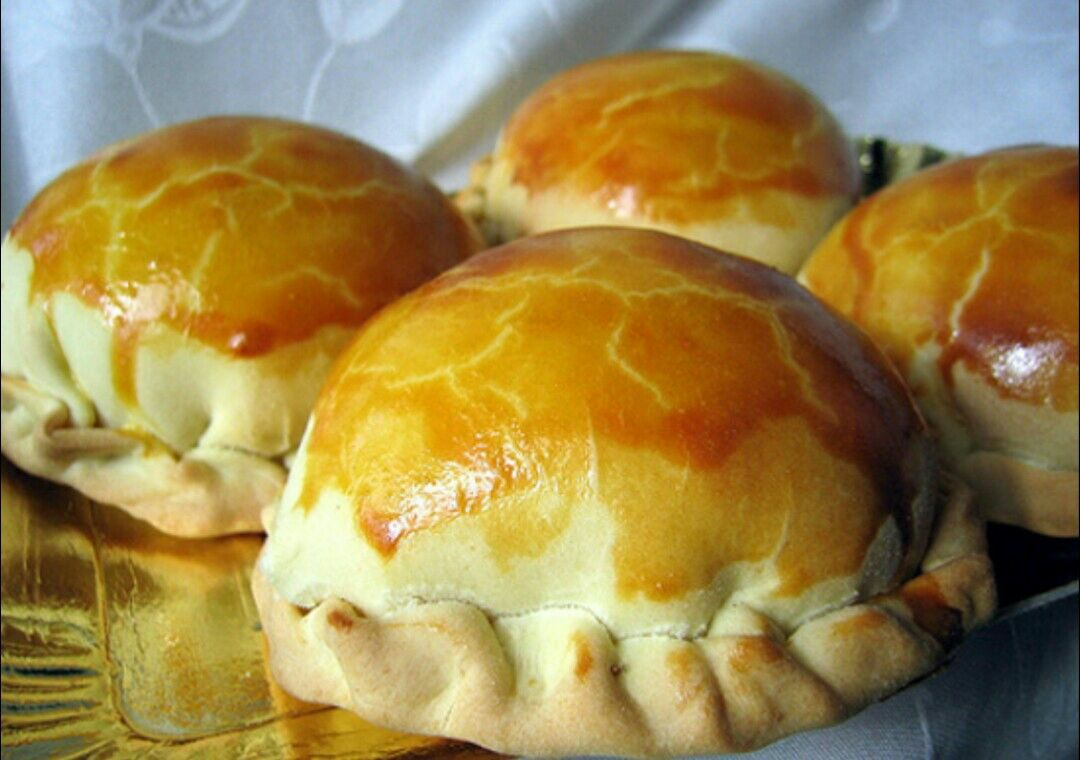
Taste
Healthy and tasty: You can find all kinds of food and wine here. Land and sea products, to satisfy everyone’s tastes. The knowledge and tastes blend wisely together to offer the guest an inebriating experience of scents and tastes to be enjoyed with all the senses in memorable locations. You must taste the ciambotta (a fish soup) and the farrata (a ricotta and grain pie).
Hiking and Sport
You cannot stay still, there is always a reason “for moving”: a relaxing walk while enjoying the magnificent glimpse of the area or a sporty “buck” by mountain bike. Unknown paths and panoramic routes, bikes and trekking allow you to move around the territory, giving you the chance to exploit it from a different angle. Manfredonia and the Gargano also offer the active tourism experience through surfing, sailing, snorkelling, kitesurf, deep diving, canoe, jeep excursions and real adventure tours, through rocky and mountain landscapes, canyon, plummeting cliffs, deep woods and unexplored paths.
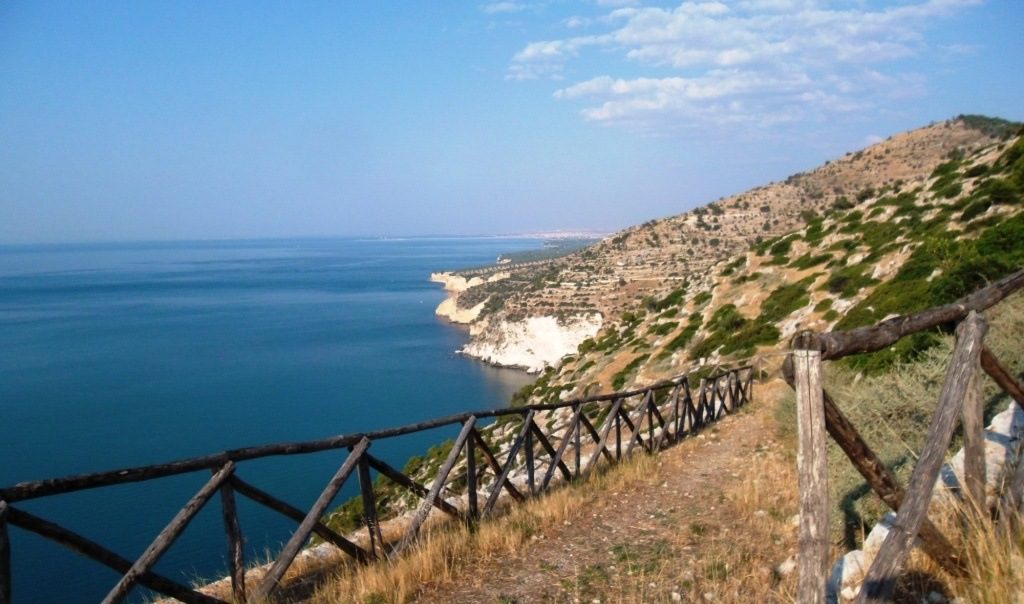
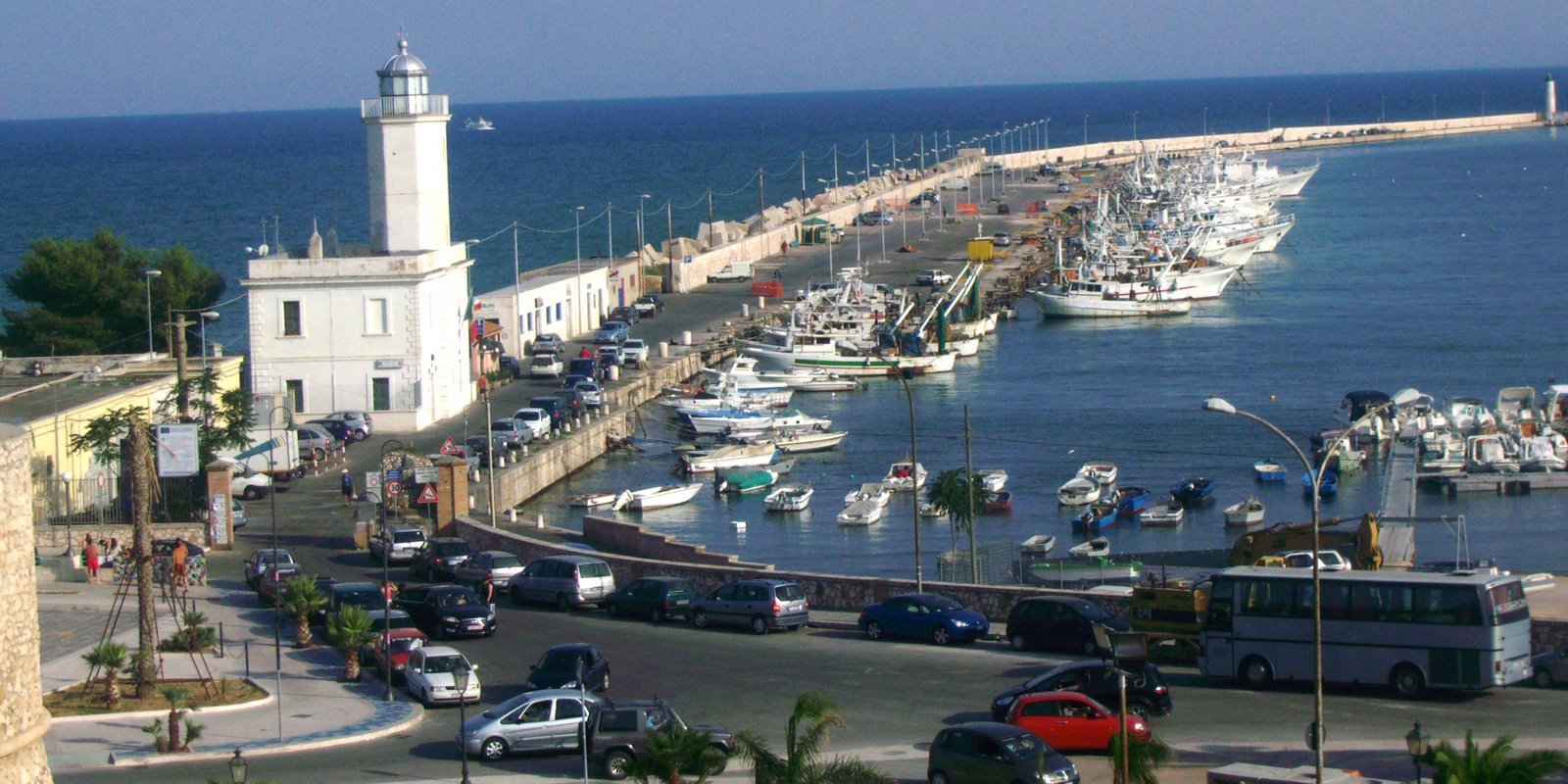
Manfredonia
Manfred, king of Sicily, founded Manfredonia in 1256. He gave his name to the Gulf. Manfredonia is the biggest town on the Gargano and it is conventionally known as the ‘door’ because of its geographical position and because of its facilities. Manfredonia is famous for its seaside and its fishing activities. Manfredonia has well equipped beach resorts particularly suitable for families (like the ones by the Castle, in Siponto and along the Southern Riviera) and a picturesque segment of rocks. Manfredonia with its clubs, typical food and wines and highlights – such as the innovative Lungomare, the Touristic Port and Oasi Lago Salso- , is suitable for young lovers of Active Tourism. You must not miss its historical and cultural jewels:
the Swabian-Angevin Castle, Siponto’s Archaeological Park (where you can find Edoardo Tresoldi’s marvellous work), San Leonardo’s Abbey in Lama Volara, Capparelli Hypogei, Maddalena’s Chapel, the Diocesan Museum and the buildings and churches in the historical centre.
By boat
Nature dominates the Gargano. On one side the coast with coves and spectacular caves, golden beaches and its crystal clear water, on the other the woods and forests of the Gargano National Park, with its thousand years old ancient heart, and the Umbra Forest, accessible by bike, horse or on foot. On the coast between Peschici and Vieste, you can find unique wooden structures: the “trabucchi”, ancient fishing machines, which have now been transformed into restaurants overlooking the sea. On the horizon the Tremiti Islands, 5 square metres of wonders and multicolour sea bottoms for unforgettable diving experiences. From the green San Domino to San Nicola to Pianosa, entirely preserved as a marine Reserve.
Gargano has many stories to share. From Manfredonia to Mattinata, a long voyage full of stories and traditions found in the heart of burgs embellished by majestic cathedrals and small artisan workshops. There is also a great religious devotion, because of Padre Pio in San Giovanni Rotondo and for the Shrine of Saint Michael in Monte Sant’Angelo, recognised by UNESCO as a World Heritage Site. Surrounded by the mystic silence of stones, if you like trekking you will enjoy the rural routes, which cross the enchanted landscapes.
Blooming woods, gardens, and scented orchards alternate. You can taste authentic culinary art, from almond biscuits to cavatelli pasta, some of the genuine recipes of the Gargano.
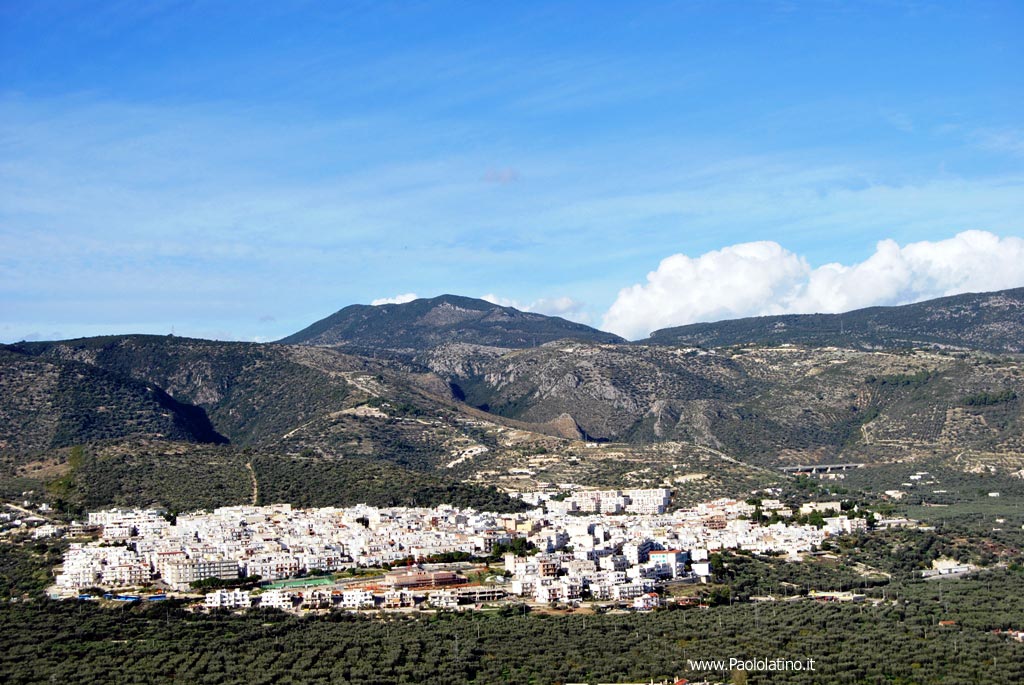
Mattinata is an explosion of nature and unique landscapes. Along its long coasts, full of enchanting bays and grottos, cliffs and Mediterranean vegetation overlooking the sea, you can find its distinctive pebble beaches and clear waters. Baia dei Faraglioni and Vignanotica are incredibly beautiful. Mattinata, also known as the ‘White butterfly’, is also the orchids’ town, as in this area you can find the largest number, in all of Europe, of wild orchids. Every year, because of this, it attracts thousands of tourists.
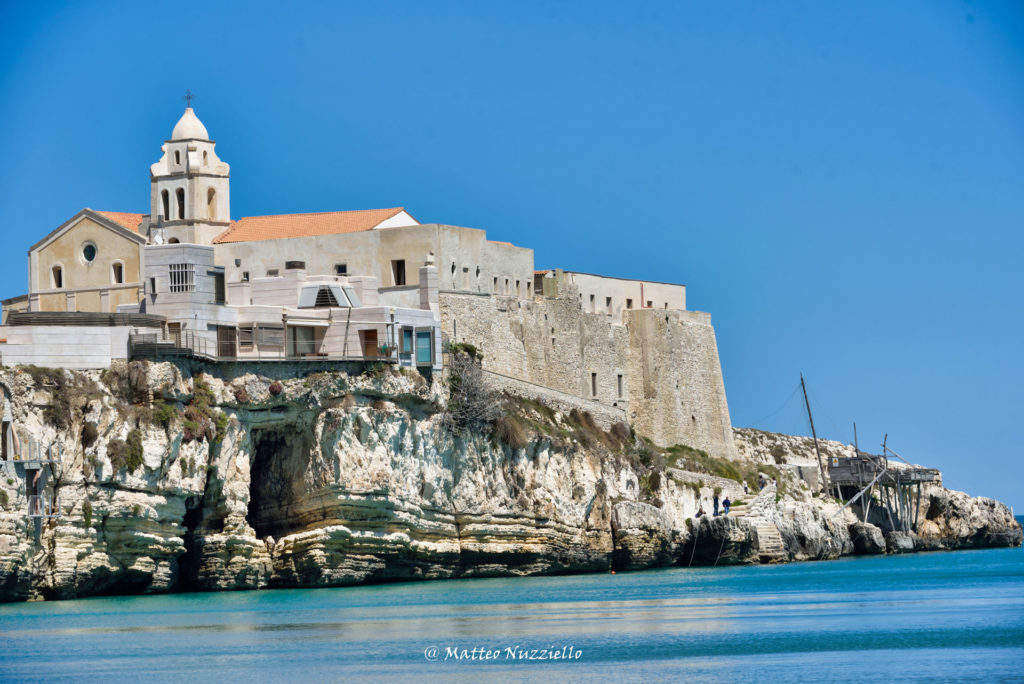
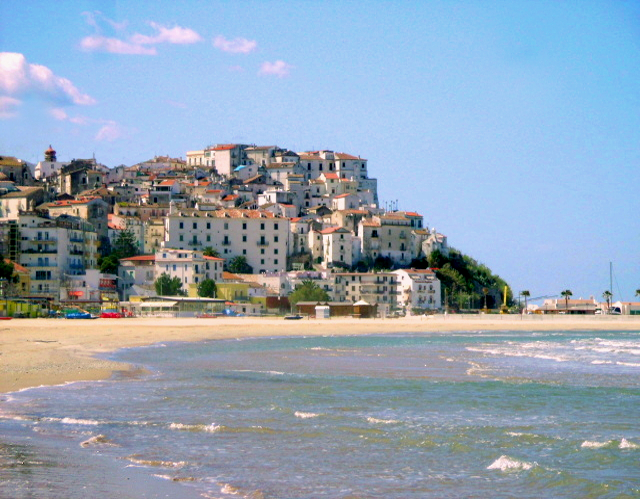
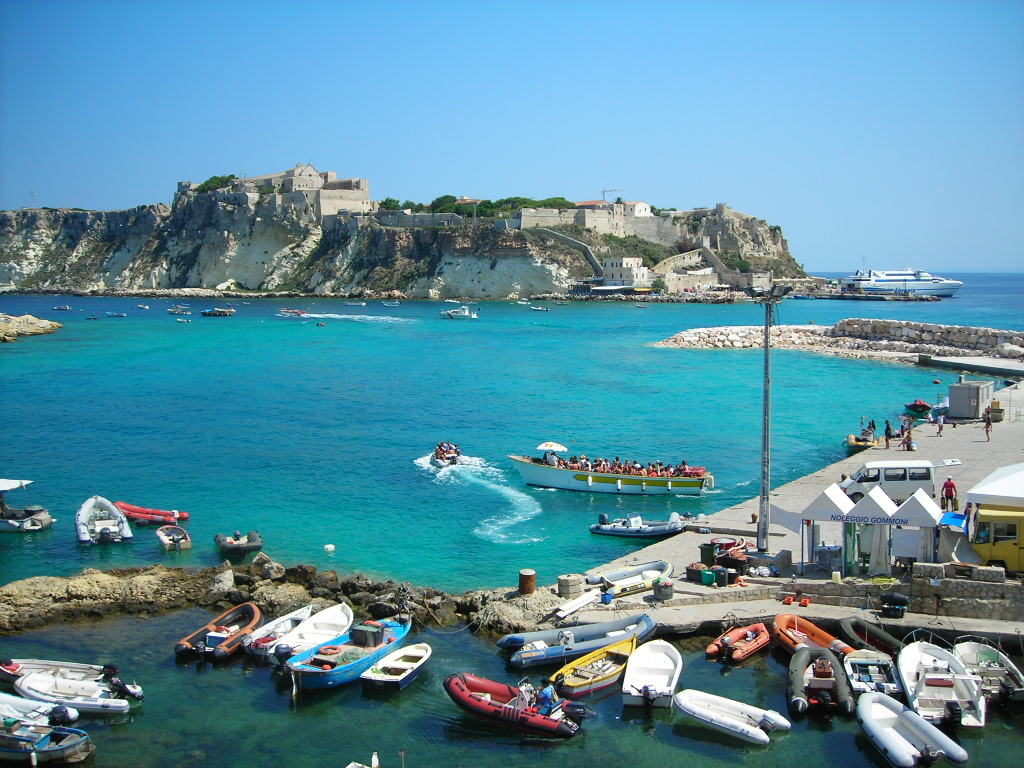
The Tremiti Islands are a Marine Protected Area. They are the only Archipelago of the Adriatic and, because of their nature and landscapes, they are considered a Paradise. Then again, their crystal waters, rich sea bottoms – ideal for diving – and countless bays and grottos are the frame to a wild and unspoiled place. This is where Lucio Dalla, a singer and songwriter, used to come to relax. On the island of San Nicola you can find the most important historical and cultural monuments such as the fortress-abbey and the Church dedicated to Saint Maria a Mare.
Croatia is full of islands that can be explored by boat. Imagine you are navigating through a sea of culture, with at least 10 places recognised by UNESCO as a World Heritage Site, and the docks are very close to each other – in Poreč, Zadar, Šibenik (here there are even two!), Trogir, Split, Stari Grad and Dubrovnik. Imagine a country with a wine tradition dating back to thousands of years ago with more than 130 indigenous varieties. Try to imagine sailing in a land where the Mediterranean diet is protected by UNESCO and where the rich Adriatic sea offers the tastiest fish and seafood you could ever find, fished on site, which will take you back in time. Enjoy these simple pleasures on your boat while you explore the countless islands of the archipelagos, and discover the culinary jewels hidden in the small bays spread throughout the Adriatic. Imagine to sail surrounded by a wild marvellous vegetation and beautiful natural landscapes everywhere. More than 10 % of the country is covered by national and natural parks and some of the most picturesque places can be visited by boat.
The beaches
Gargano is among the most desirable seaside resorts in Puglia and Italy, because of its long and wide beaches, its unique landscapes, its white cliffs overlooking the sea and crystal-clear sea bottoms. Here, in fact, you can spend a once in a lifetime holiday in contact with the most authentic natural elements set in an immaculate beauty.
Manfredonia, Mattinata, Vieste, Peschici, Rodi Gargano and the Tremiti Islands are places you absolutely need to visit for at least one day to enjoy the benefits and the appeal of the sea.
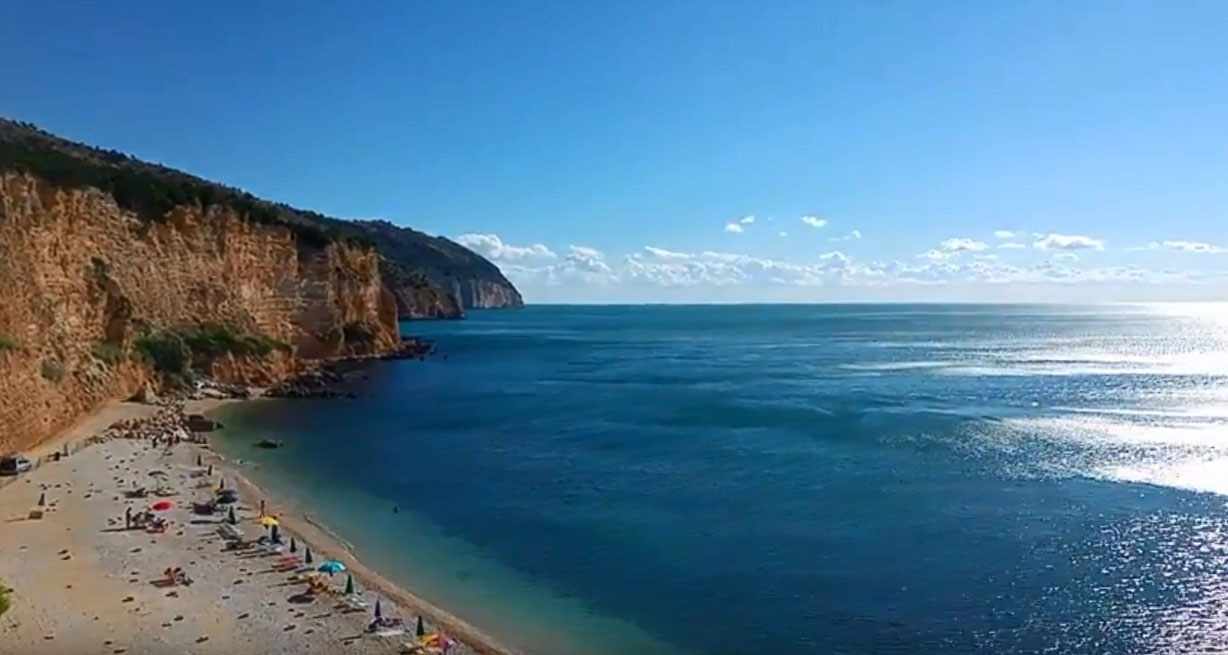
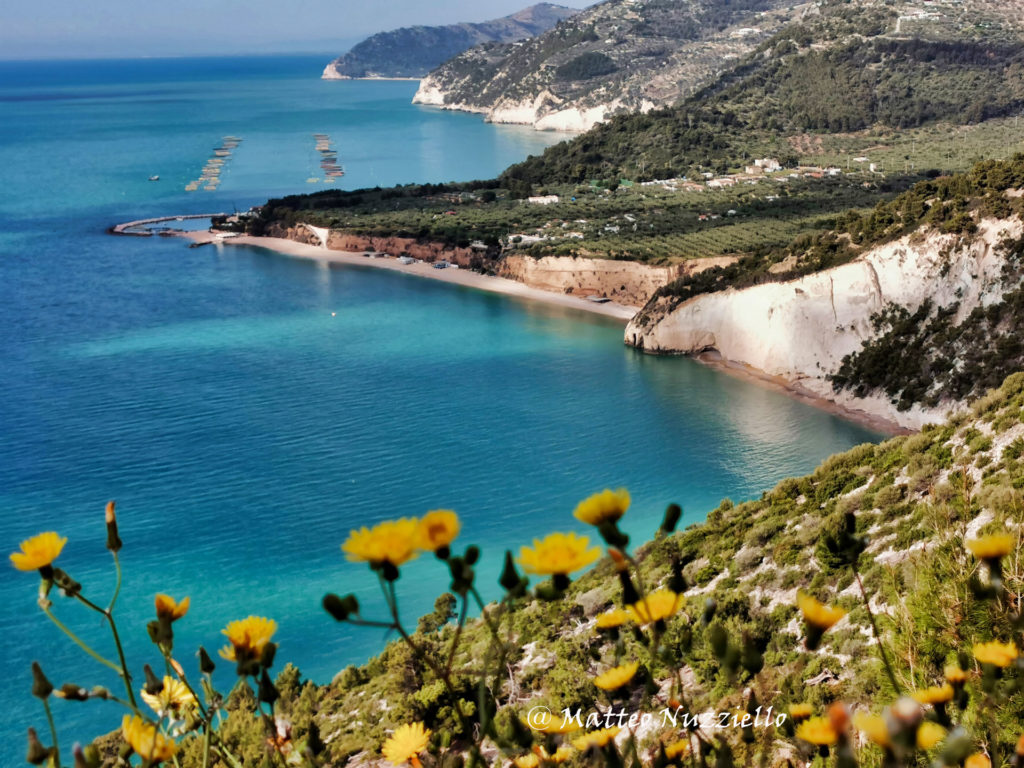
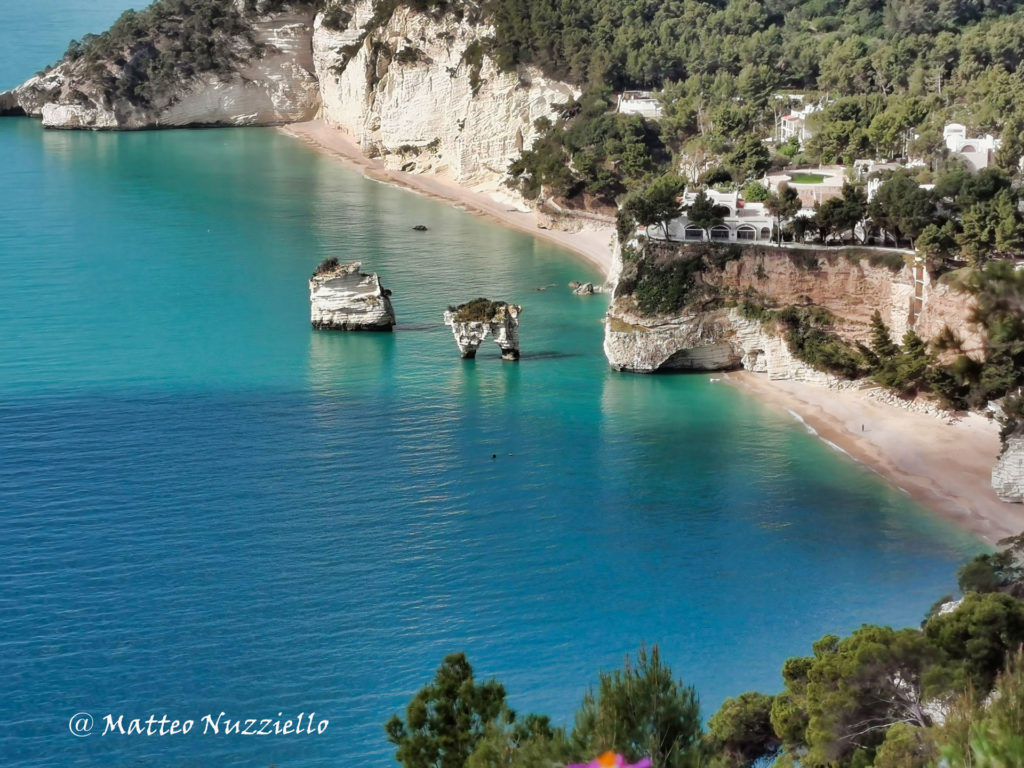
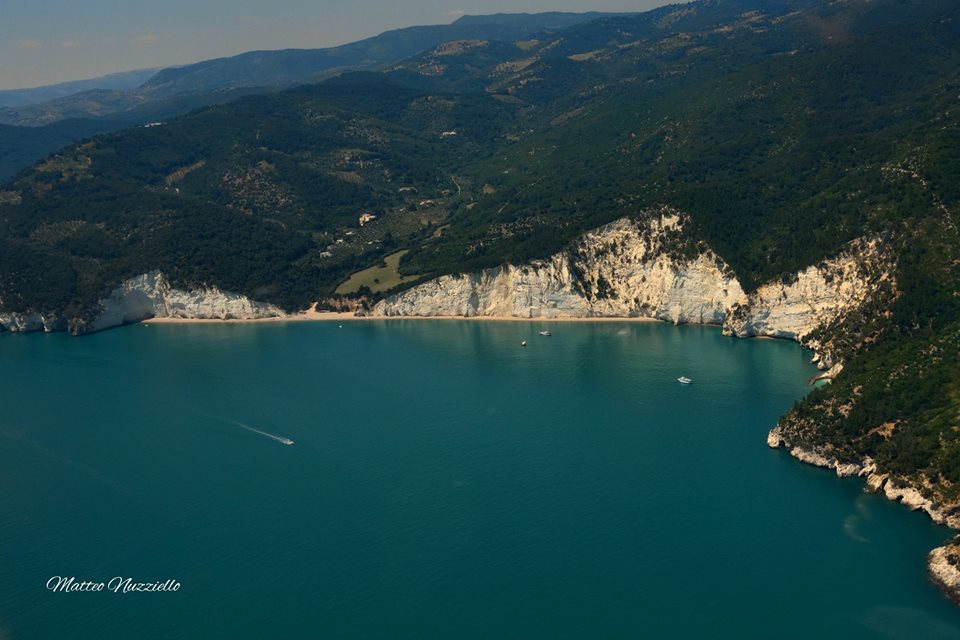
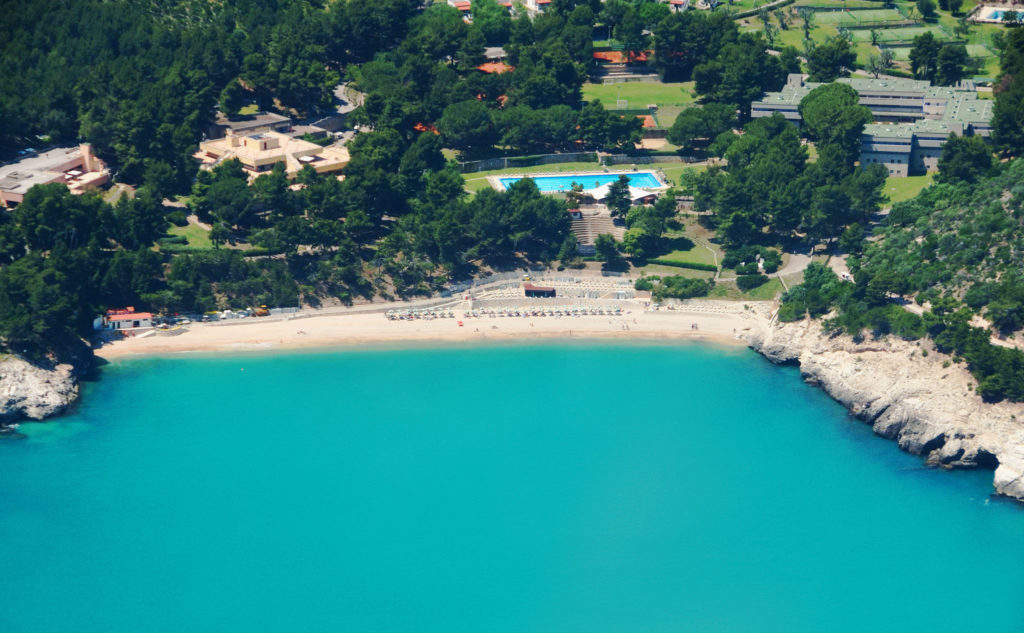
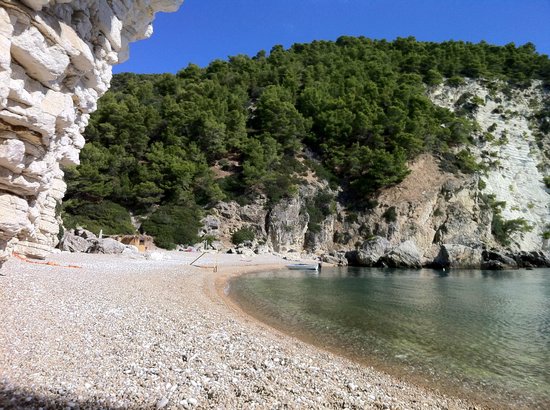
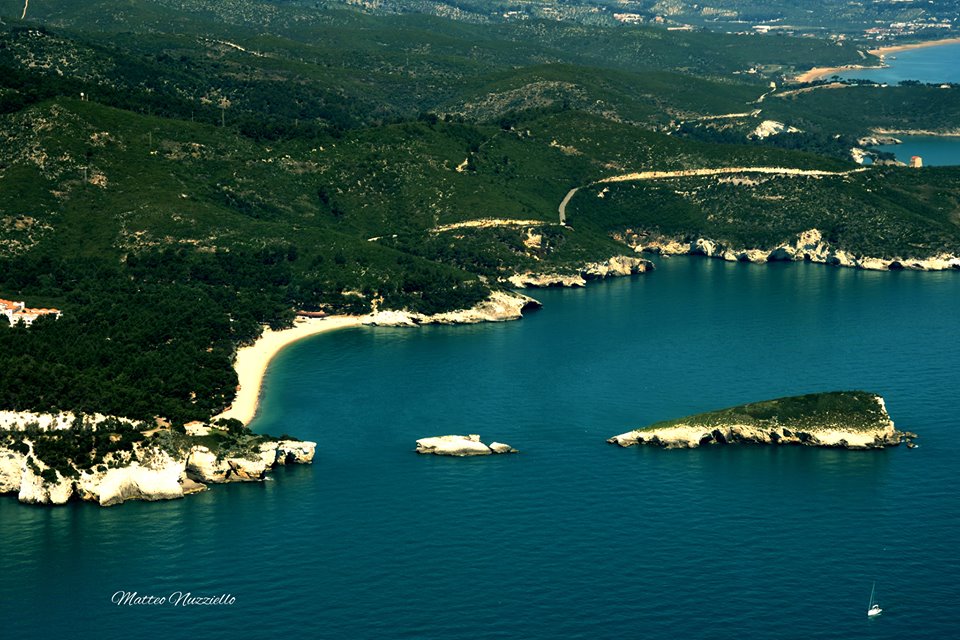
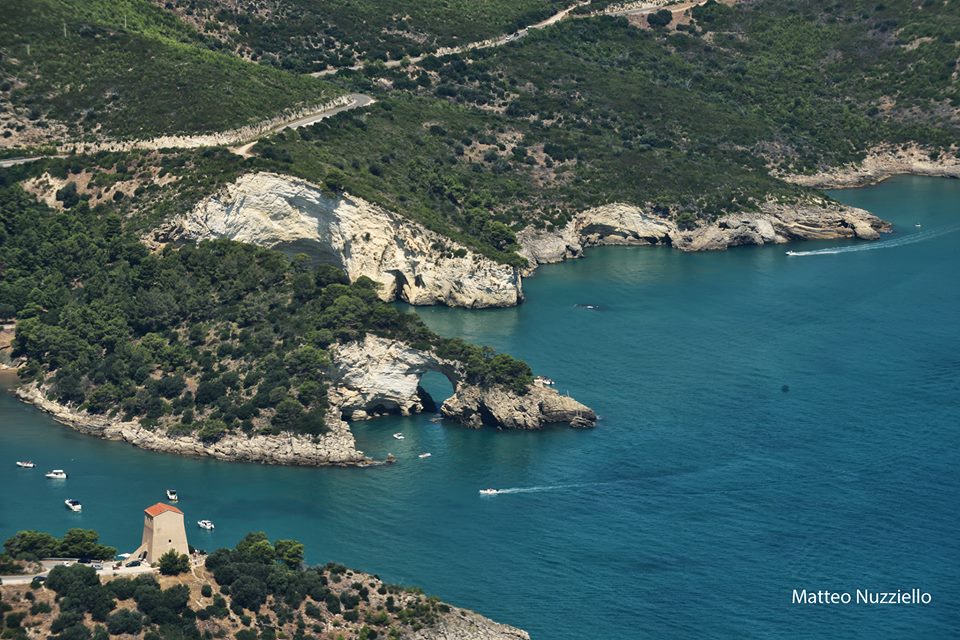
Towards South
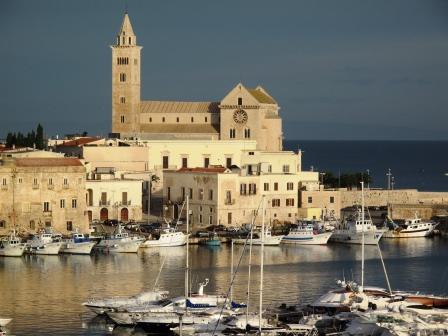
Trani has one of the most beautiful cathedrals in Puglia, a suggestive historical centre and an excellent and tasty Muscat. Its historical centre is an enchanting tangle of cobbled streets. The majestic silhouette of the extremely high Cathedral of Saint Nicholas the Pilgrim, a masterful example of Puglia Romanesque-style, is by the sea. You can also see the Swabian Castle, built by Frederick II, in the inner part of the town you can find artisan workshops, galleries, fish restaurants and beautiful views. Behind the romantic port, the Giudecca Jewish neighbourhood starts, here the Scolanova Synagogue stands out, it is one of the most ancient Jewish temple in Europe. The elegant civil architectures, such as Palazzo Caccetta, have a renaissance profile, with late gothic decorations and Palazzo Telesio, with its spectacular view overlooking the port.
Bari has always been the starting point for tourists who wish to visit the great protagonists of Puglia, situated in the South – you can read in its presentation – it is blooming: once rather neglected, this port city, protruding from the Italian heel, during the past ten years has been going through its second life. The heart beat comes from the refreshed historical centre, the old shops have been turned into family run restaurants, here elderly grannies cook orecchiette dishes in suggestive squares. The changes haven’t only effected its appearance… Many cultural sites have been re-opened, starting from the Piccinni Theatre, to the historical hotels, such as the Oriente, not to be forgotten the Liberty Margherita Theatre, built on stilts along the coast and today used as an extraordinary exhibition space. Thanks to a better nightlife (imagine to have a cocktail in an ex ticket station?), to safer streets and its nearby and clean beaches, Bari is making a comeback.
By car – Towards North
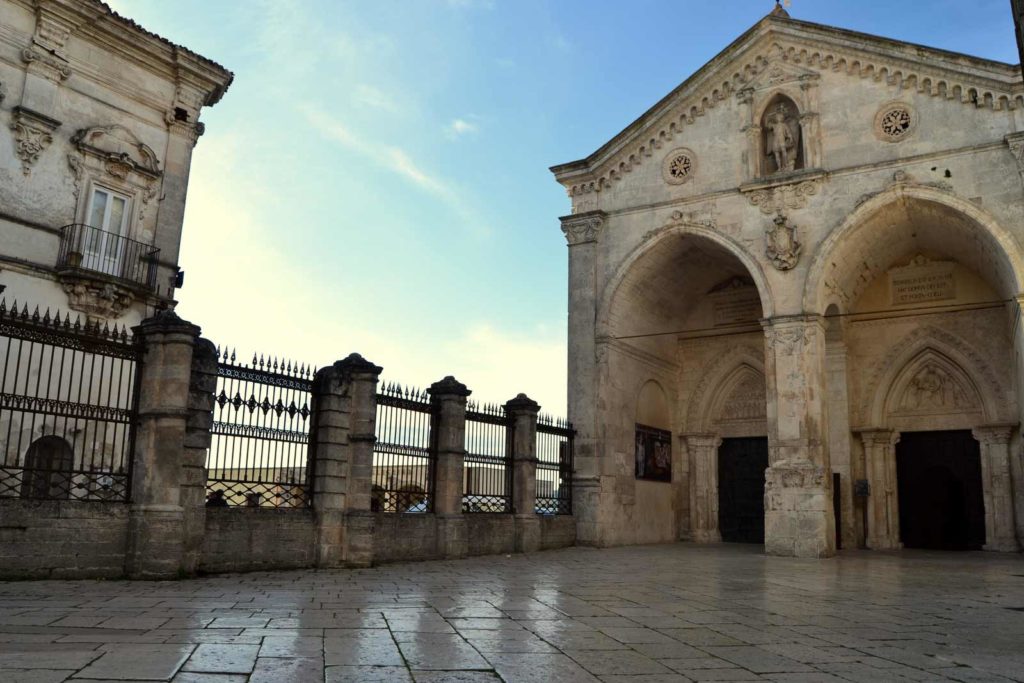
Because of the very important events and testimonials happening here over the centuries, Monte Sant’Angelo represents the cultural and historical centre of the Gargano. Not by chance in June 2011 it was recognised World Heritage by UNESCO. The Basilica of the Archangel Michael, symbol of Christianity, is the centre of the historical centre which, step by step, narrates the most important events taking place in the South of Italy. You must visit the enchanting neighbourhood ‘Junno’, with its white terrace houses, and where you can clearly feel an ancient and typical atmosphere.
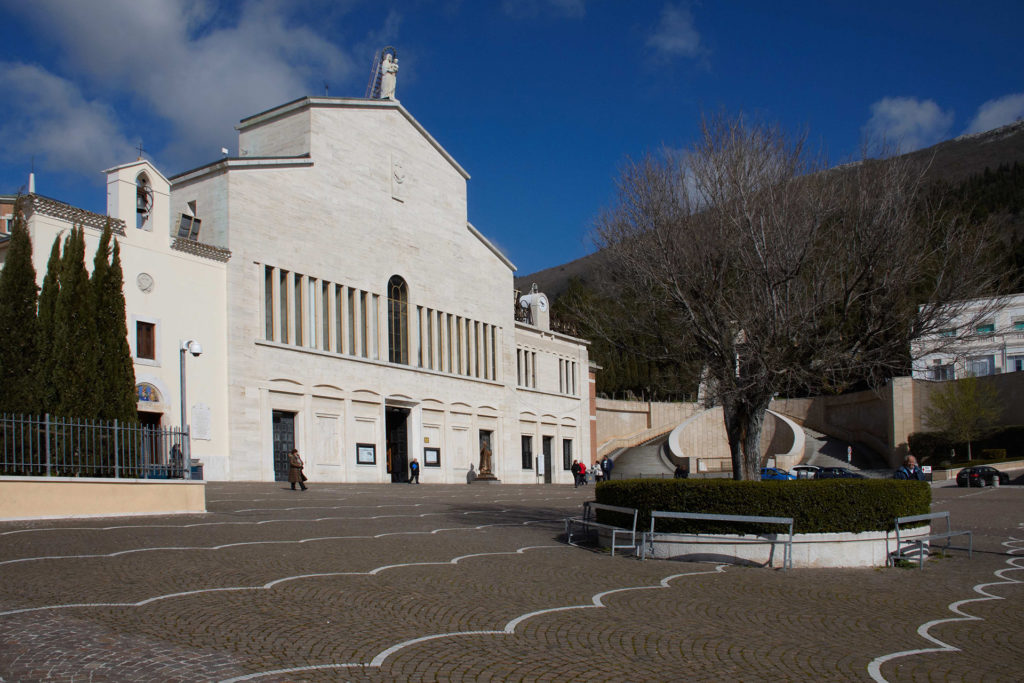
San Giovanni Rotondo is worldly famous because of Saint Pio of Pietrelcina’s life and spirituality – he is considered by many the Saint of the 3rd millennium – he is buried here in a Shrine dedicated to him and designed by Renzo Piano. It is situated near the historical Shrine of Our Lady of Grace and the hospital ‘Home for the Relief of Suffering’, Saint Pio’s biggest earthly work. Since 1st June 2013 Padre Pio’s body is permanently visible for pilgrims and tourists. In San Giovanni Rotondo you can also visit the historical centre, the church dedicated to Saint John the Baptist, the wax museum and the XII century Square Tower.
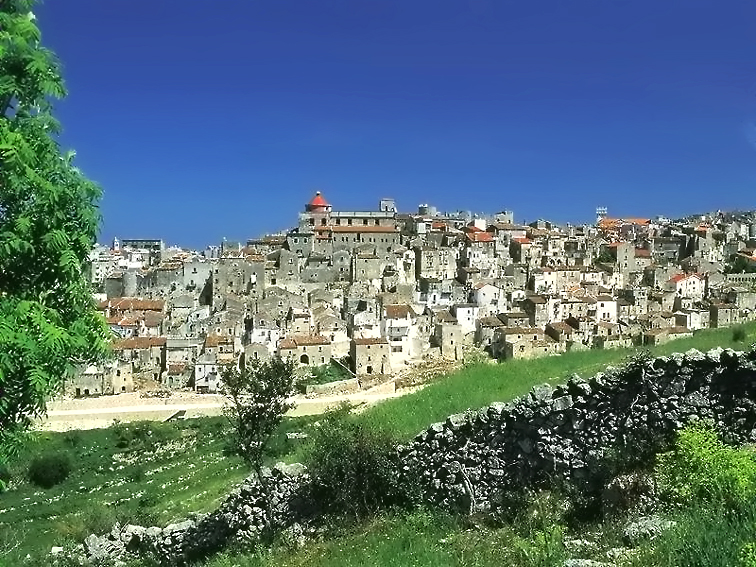
Vico del Gargano is situated in the heart of the Umbra Forest in the National Park of the Gargano. Saint Valentine is its patron saint and, together with Terni, it is known as the town of Love. Not surprisingly in its monumental historical centre, which caught the attention of the famous architect Gae Aulenti, there is a very narrow passage called ‘Vicolo del Bacio’ (the kiss alley), the lovers walk through it as a good omen. In Vico del Gargano, you cannot miss the peculiar ‘Rites of the Holy Week’ and the extraordinary citrus orchards, with its healthy and organoleptic fruit, and also the long and wide beaches of San Menaio, where you can find many well equipped beach resorts.
By car – Towards South
Come and discover the most authentic Puglia, where wild nature and breath taking views come together with the ancient routes walked for centuries by pilgrims from all over Europe.
Picturesque villages perched on rocky spurs, surmounted by ancient fortresses: from Bovino with its castle, to the evocative Deliceto, to the elegant Sant’Agata di Puglia. And still sacred places, such as the wonderful cathedral of Troia, or archaeological treasures, in Ascoli Satriano, in Volturino, or in Motta Montecorvino.
Discover nature: be enchanted by the colours of Pescara Lake in Biccari, surmounted by the highest peak of Puglia, Mount Cornacchia. Feel the adrenaline when adventuring through the heights of the adventure parks, where you can walk through tree paths wearing safety equipment.
Do not forget to taste the food and wine specialities, starting from the Faeto prosciutto or the Podolico caciocavallo cheese, all accompanied by an excellent glass of Cacc’e Mmitte Lucera DOC wine.
In the Dauni Mounts, you can discover routes, paths, sacred roads, historic villages.
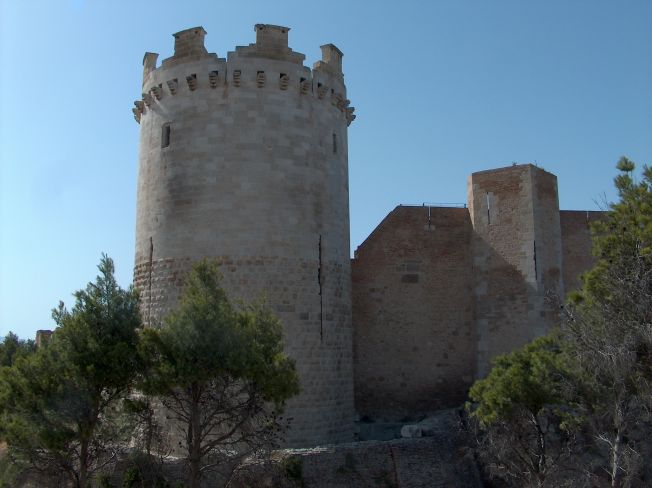
The emperor Frederik II deeply fell in love with Lucera. But, he was not the only one, as it can, no doubt, be defined as a little jewel enriched more and more during history. The Roman amphitheatre is incredibly beautiful and the Swabian Angevin fortress dominates the territory from its majestic height. Then you just need to walk through the historical centre to admire ‘Porta Foggia’, the Basilica, the 1300 Cathedral of Our Lady of Assumption, the church dedicated to Saint Francis of Assisi and the Baroque Church of the Carmine. The Archaeological Urban Museum and the Diocesan Museum are the cherry on the cake.
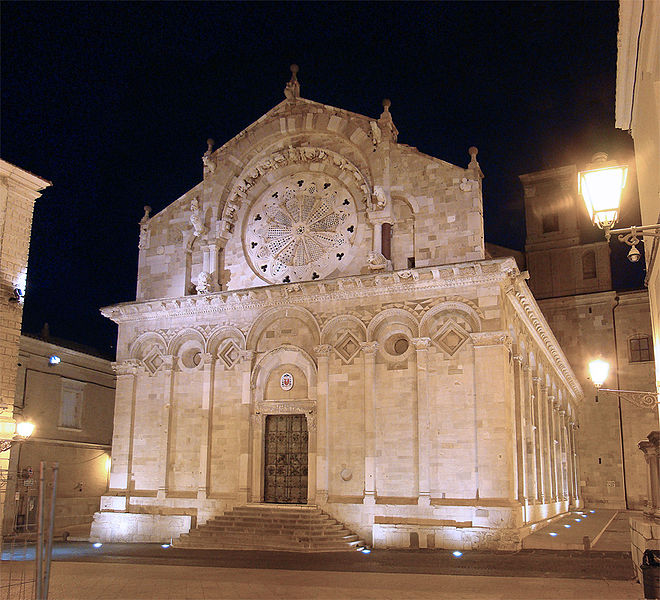
As the Tremiti Islands, the origin of Troia are mythological, going back to Diomede’s (an Homeric hero) accomplishments. This agricultural town, shows with pride, treasures that are envied by the most famous international museums. Most of all, its splendid 1093 Cathedral, among the most beautiful Puglia Romanic churches, with its unique rose window with eleven slender columns.
In Troia you can also admire the Municipal and Diocesan Museums and the Principi D’Avalos Building. The rites of the Holy Week are peculiar and moving, with the Penitential Chain Procession, the Procession of the Mysteries and the live Passion of Christ.
The charming manor of Frederick II is a masterpiece of medieval architecture and it is the symbol of Puglia, declared World Heritage Site by the UNESCO.
The mysterious octagonal plan of the manor, perhaps used as an astronomical observatory or a majestic hunting manor differs significantly in the structure from all the other castles in Puglia.
Castel del Monte preserves beautiful mythological creatures such as decorations in the keystone of the interior halls and the rich frames in coral breach in the doors
The impressive multitude of the Alberobello trulli was recognized World Heritage Site in 1996. Alberobello was also awarded the Orange Flag by the Italian Touring Club because of its excellent accommodation offer and its architectural harmony. The heart of the town is completely made of trulli, the original dry stone houses, painted with quicklime and with cone-shapes roofs made of exposed stones. Crosses, pierced hearts and zodiac symbols decorate the roofs of each trullo, with its own personal mystery.
It is a maze of winding alleys, with more than 1000 trulli. The oldest districts are Monti district and Aia Piccola district. Casa Pezzolla, a complex of 15 connecting trulli, stands out and is presently used as the Museum of the Territory, while Trullo Sovrano, hosts shows and concerts.
Do not miss the Museum of the Territory, this is set in a group of connecting trulli, and Casa d’Amore (the House of Love), together a precious tourist information point and the first building in the whole city to be built with lime and grout.
![]()
This post is also available in: Italiano (Italian)



